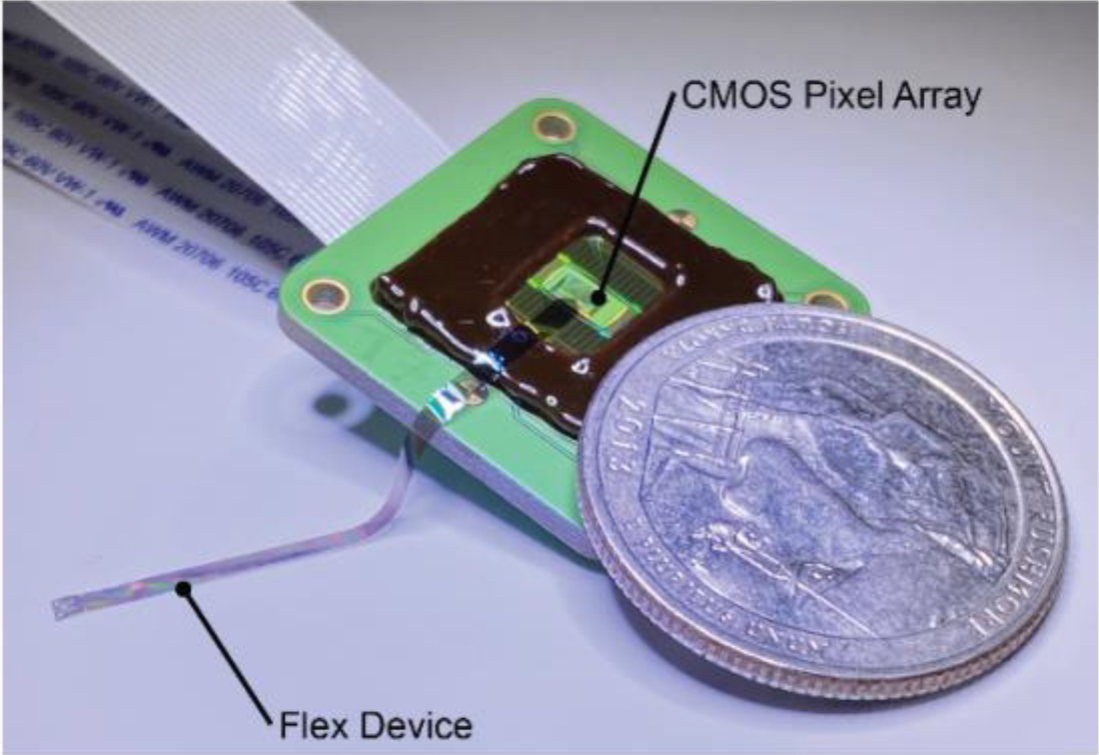Advanced soft electrophysiological device to capture brain cortex activities
A team of researchers from Stanford University, CA, USA, together with researchers from the Bio Engineering Lab, led by Andreas Hierlemann, developed a high-density electrode array and connector on an ultra-conformable thin-film substrate, which self-assembles onto silicon microelectrode arrays and enables electrocorticogram recordings of extracellular neuronal activity with several thousand channels at micrometer resolution. The device and system was tested with brains of epilectic mice.

Article published in Science Advances:
Zhao, E T, N M Hemed, H Ulusan, J Bartram, A Zhang, P Wang, A Pham, S Ronchi, J R Huguenard, A Hierlemann, N A Melosh (2023) external pageA CMOS-based highly scalable flexible neural electrode interface.Sci. Adv. 9, eadf9524(2023). DOI:10.1126/sciadv.adf9524
Find more information on the device.
Learn about research of the Bio Engineering Laboratory led by Andreas Hierlemann.
